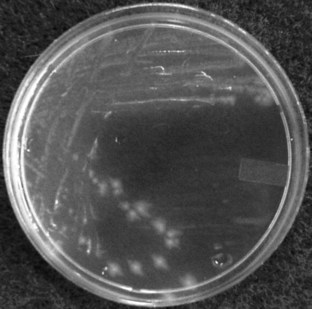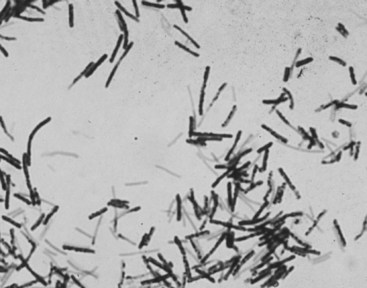Clostridiosis, Enteric
Basic Information 
Epidemiology
Contagion and Zoonosis
• Occurrence is often sporadic, but outbreaks have been described on farms and in veterinary hospitals. Therefore isolation of affected horses and use of barrier precautions, such as dedicated clothes and gloves, are recommended.
• Both C. perfringens and C. difficile are recognized enteropathogens in humans. Although direct transmission between horses and humans has not been documented, horses should be treated as if infectious and control measures implemented (barrier precautions, hand hygiene, disinfectants).
Clinical Presentation
Etiology and Pathophysiology
• Gram-positive, anaerobic bacteria in the genus Clostridium, primarily C. difficile and C. perfringens.
• Transmission is by ingestion; disease is caused by the proliferation of toxigenic strains in the intestinal tract.
• Toxin production results in enterocolitis.
• C. difficile: primarily toxin A (enterotoxin) and toxin B (cytotoxin).
• C. perfringens: classified into different types based on the pattern of toxin production; β-2 toxin and enterotoxin may be the most important clinically.
< div class='tao-gold-member'>
Stay updated, free articles. Join our Telegram channel

Full access? Get Clinical Tree




